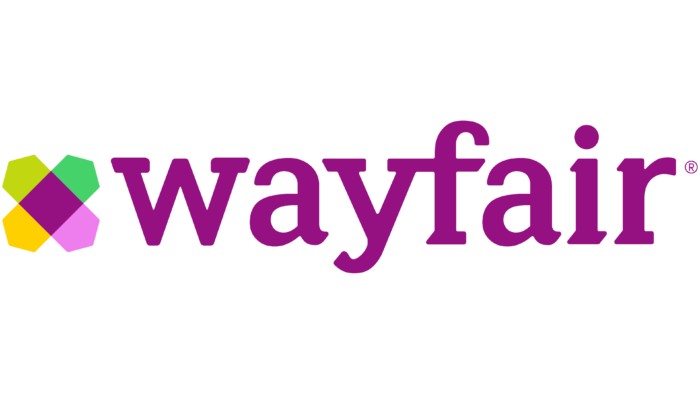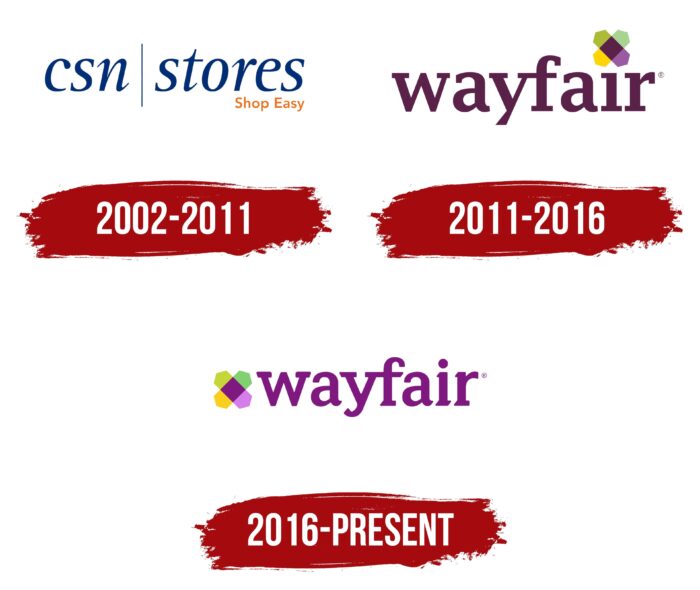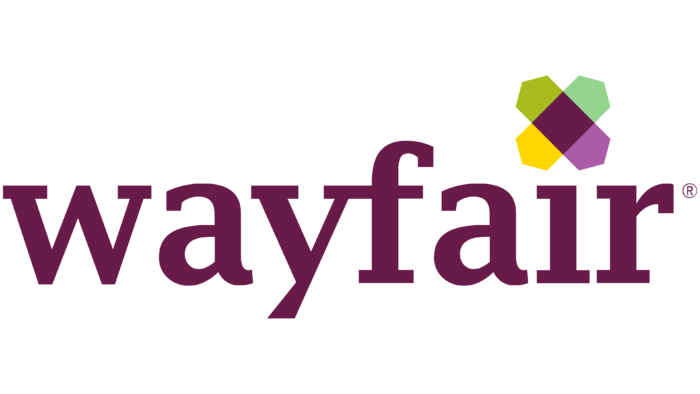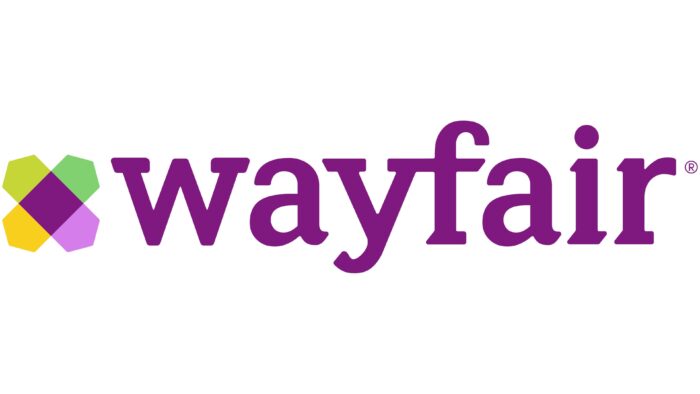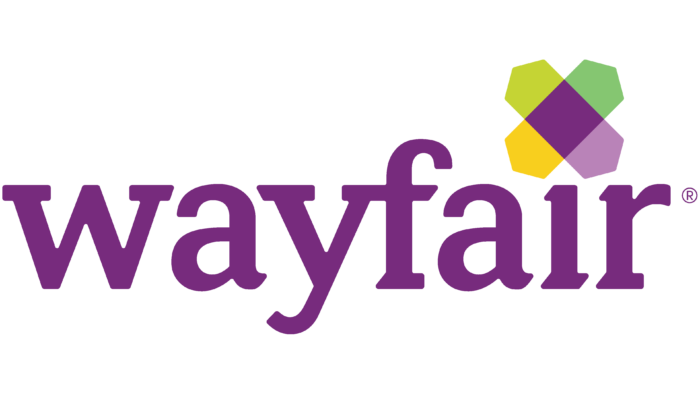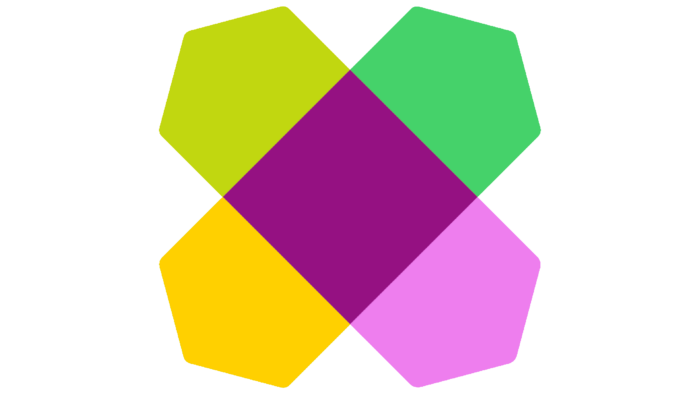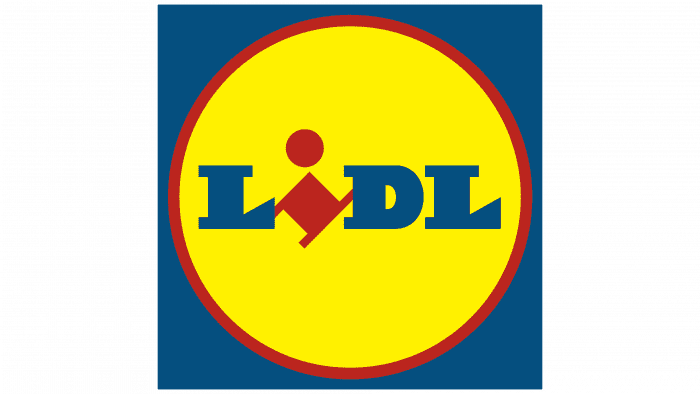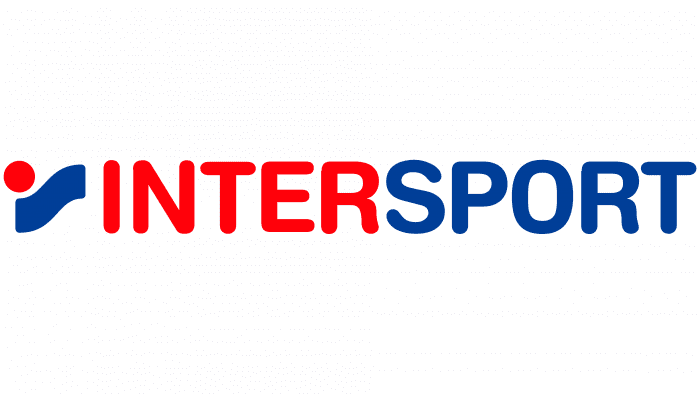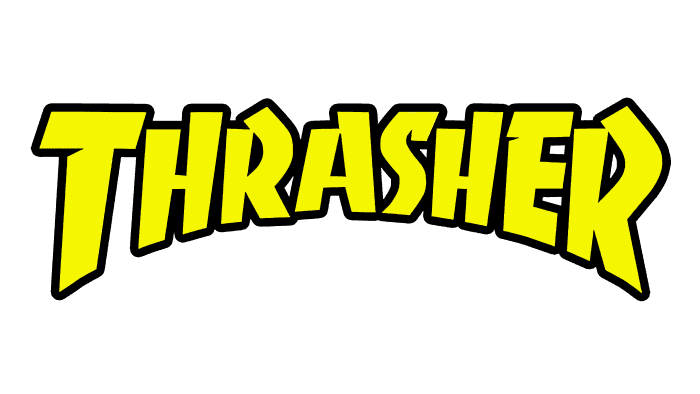A wide range of goods that can be shipped anywhere in the country is encrypted in the bright elements of the emblem. The Wayfair logo announces fast delivery, thoughtful logistics routes, and maximum customer convenience.
Wayfair: Brand overview
| Founded: | August 2002 |
| Founder: | Niraj Shah, Steve Conine |
| Headquarters: | Boston, Massachusetts, U.S. |
| Website: | wayfair.com |
Meaning and History
The online store’s debut name was CSN Stores. But it wasn’t the first organization created by two Cornell University graduates: at the time, they had two firms (Simplify Mobile and iXL). So the young entrepreneurs already had experience. They opened a joint company and started selling racks and storage systems over the Internet. One of them took on the position of chairman and the other the position of CEO. They didn’t think long about the name, using the letters of their initials.
A year later, the company expanded substantially, hiring employees and adding garden and garden products to the range to sell at three new sites. Gradually the catalog included all types of furniture, household products, decor elements, everything for repairs, bedding, and bath accessories. Then the company began to penetrate foreign markets, and by 2011, the company owned more than 200 online stores. At the same time, it changed its name to Wayfair. The word carries no conceptual meaning – it simply consists of two bases that are easy to pronounce. A branding agency proposed this version from Newton.
Around 2019, the firm started having problems, causing gossip and scandals. Because of this, many employees left it: some resigned themselves in protest, others had to be fired because of falling profits. Despite this massive loss of staff, the company still has enough people, with 2,300 data engineers and more than 3,000 helpdesk representatives. Worldwide locations share a common logo, altered only once.
2002 – 2011
The debut version of the logo does not look like the current one and consists of two text parts. In the left half is the abbreviation “CSN,” formed from the initials Niraj Shah and Steve Conine. The word “Stores” is on the right with the miniature prefix “shop easy.” A thin vertical line separates them. All letters in the name are lowercase, with a slight slant.
2011 – 2016
After rebranding with a change of corporate style associated with the company’s transition to foreign markets, the logo design has become friendlier. The excessive severity has disappeared, and a friendly graphic element has appeared, formed by two overlapping hexagons. They have an elongated shape and different colors on opposite sides: purple, olive, mint, and yellow. At their intersection is a dark purple diamond, colored in the color of the brand name. And a geometric figure of complex shape replaces the dot above the letter “i.”
2016 – today
The current Wayfair logo uses a different font. It is softer and more rounded than the previous version. The trademark connection between the “yf” is preserved, as is the bright geometric element. Its designers moved it to another place, placing it in front of the company name, and used the classic dot over the “i.” They also replaced the dark purple color with bright lilac.
Font and Colors
This retail chain’s brand identity has several distinctive features—first, lower case letters instead of the traditional capital letters. Second, a commitment to soft pastel colors. Thirdly, a ligature of “y” and “f.” Fourth, a complex figure consisting of two elongated hexagons.
In the earliest emblem, the lettering was in thin italic type with a minimal slant. Then came the typographic typeface with strict geometric characters and sharp flat serifs. The third version of the logo uses a soft lettering style with smooth transitions and roundings. The corporate palette consists of a combination of several shades of purple with olive, mint, and yellow.
Wayfair color codes
| Jonquil | Hex color: | #f8cf1d |
|---|---|---|
| RGB: | 248 207 29 | |
| CMYK: | 0 17 88 3 | |
| Pantone: | PMS 116 C |
| Pear | Hex color: | #c6d637 |
|---|---|---|
| RGB: | 198 214 55 | |
| CMYK: | 7 0 74 16 | |
| Pantone: | PMS 382 C |
| Pastel Green | Hex color: | #81d170 |
|---|---|---|
| RGB: | 129 209 112 | |
| CMYK: | 38 0 46 18 | |
| Pantone: | PMS 7479 C |
| Heliotrope | Hex color: | #d57deb |
|---|---|---|
| RGB: | 213 125 235 | |
| CMYK: | 9 47 0 8 | |
| Pantone: | PMS 252 C |
| Purple | Hex color: | #7f197f |
|---|---|---|
| RGB: | 127 25 127 | |
| CMYK: | 0 80 0 50 | |
| Pantone: | PMS 248 C |
